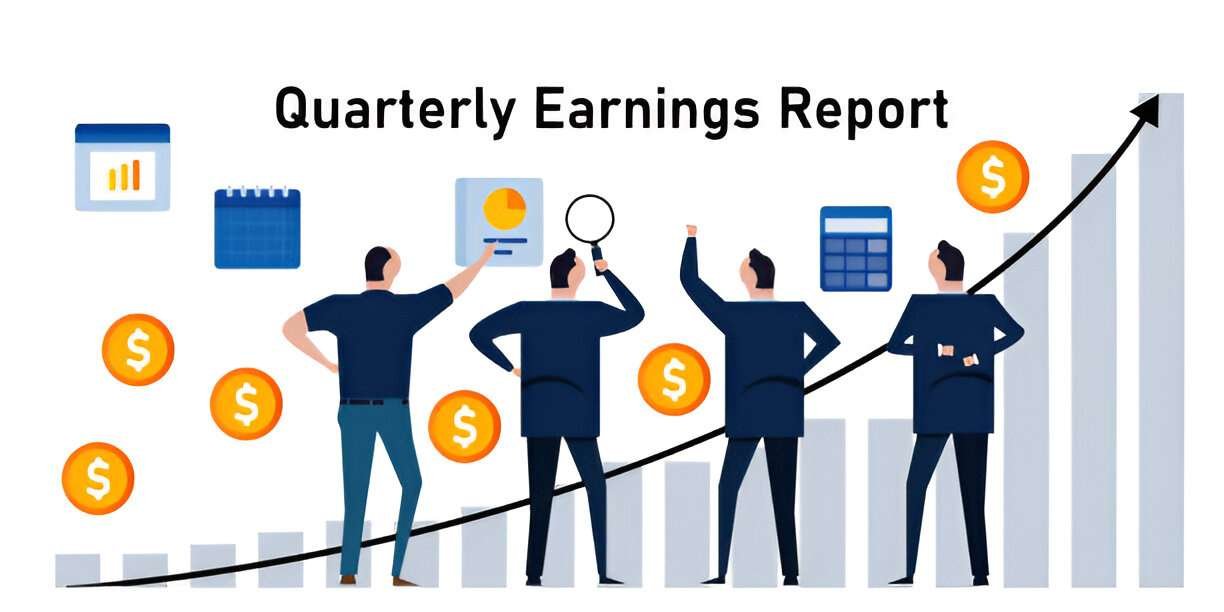Introduction
When I invest in stocks, real estate, or a business venture, I always think about how I will exit before I even enter. Too many investors focus only on getting in, assuming they can figure out the exit later. That’s a mistake. Whether I’m dealing with a bull market or a downturn, having a clear exit strategy protects my capital, locks in profits, and limits losses.
A strong exit plan helps me remain objective. Without one, emotions like fear and greed can take over, leading to poor decisions. In this article, I’ll break down why an exit strategy matters, how different investors approach it, and provide real-world examples, including calculations, to show the impact of well-planned exits.
What is an Exit Strategy?
An exit strategy is a pre-planned approach to selling an investment. It defines the conditions under which I will liquidate my position, whether it’s a stock, real estate property, or business stake. It helps me maximize gains and minimize losses. Without a plan, I risk holding on too long and watching my profits disappear or taking unnecessary losses due to panic selling.
Types of Exit Strategies
| Exit Strategy | Description | Best For |
|---|---|---|
| Profit Targeting | Selling once an investment reaches a predetermined price or return percentage | Growth investors, swing traders |
| Stop-Loss Order | Automatically selling if an investment falls to a certain level | Risk-averse investors, traders |
| Trailing Stop | Adjusting the stop-loss level as an asset appreciates to lock in gains | Trend followers, long-term investors |
| Time-Based Exit | Selling after a set time, regardless of price | Investors with defined time horizons |
| Fundamental Exit | Selling when a company’s financials or industry outlook changes | Value investors |
Why an Exit Strategy is Critical
1. Protecting Profits
One of my biggest regrets as an investor is not selling at the right time. Take the dot-com boom of the late 1990s. Investors saw stocks like Cisco, Intel, and Yahoo rise dramatically. Many held on, believing prices would go even higher. But when the bubble burst, those who didn’t sell lost massive gains.
Consider this example:
- I buy 100 shares of a stock at $50 per share ($5,000 investment).
- The stock rises to $100, doubling my investment to $10,000.
- Without an exit plan, I hold, hoping for $120 per share.
- The stock crashes to $60, and I panic-sell, missing out on a higher profit.
Had I set a trailing stop-loss at 10% below peak value ($90), I would have exited at $90 per share, securing $9,000 instead of just $6,000.
2. Limiting Losses
No investor wins all the time. Cutting losses early is vital. I learned this firsthand during the 2008 financial crisis. Holding on to failing investments, hoping they would recover, only deepened my losses.
Let’s say I invest in a stock at $40 per share, expecting it to rise. Instead, it falls to $30. If I had a stop-loss order at 10% below purchase price ($36), I would have exited early, losing only $4 per share instead of $10.
Psychological Benefits of an Exit Strategy
| Psychological Factor | Impact Without an Exit Plan | Benefit of Having an Exit Plan |
| Fear | Leads to panic selling | Provides confidence and control |
| Greed | Causes investors to hold too long | Ensures disciplined profit-taking |
| Hope | Results in ignoring market realities | Encourages rational decision-making |
Exit Strategies for Different Asset Classes
1. Stocks and ETFs
- Profit-taking: Selling at a target price based on earnings projections
- Stop-loss: Preventing large declines by selling at a preset loss level
- Earnings-based exit: Selling when company earnings decline below expectations
2. Real Estate
- Market cycle exit: Selling at the top of a real estate cycle
- Cap rate analysis: Exiting when rental yield no longer justifies holding the property
- 1031 exchange: Swapping properties to defer taxes while upgrading investments
3. Private Business Investments
- Buyout provisions: Setting clear terms for selling my stake
- IPO or acquisition exit: Selling when a company goes public or gets acquired
- Performance-based exit: Leaving if profitability falls below a certain threshold
Historical Examples of Exit Strategies
The Great Recession (2008)
Many investors who failed to exit before 2008’s housing collapse saw their portfolios decimated. Those who used stop-losses or reduced risk exposure avoided the worst of the crash.
Warren Buffett’s Exit from Airlines (2020)
Buffett sold his airline stocks at a loss during the early COVID-19 pandemic, recognizing that the industry’s fundamentals had changed. This prevented further losses when airline stocks continued struggling.
Key Metrics to Consider Before Exiting
Before selling an investment, I analyze key metrics:
| Metric | Why It Matters |
| P/E Ratio | High P/E may indicate overvaluation |
| Earnings Growth | Declining earnings signal potential trouble |
| Debt Levels | Rising debt could impact future profitability |
| Interest Rates | Higher rates often lower stock valuations |
| Market Sentiment | Excessive optimism or pessimism can signal turning points |
Common Exit Mistakes and How to Avoid Them
1. Ignoring a Pre-Set Plan
If I establish a stop-loss but ignore it when the price drops, I risk greater losses. Sticking to my original plan prevents emotion-driven mistakes.
2. Selling Too Early Due to Fear
Selling at the first sign of volatility can prevent me from realizing gains. I balance caution with patience by setting logical exit triggers.
3. Holding Onto Losing Investments Too Long
Many investors refuse to sell at a loss, hoping for a rebound. I accept losses as part of investing and move on when fundamentals deteriorate.
Conclusion
Every investment should begin with an exit plan. Whether I’m investing in stocks, real estate, or private businesses, having a strategy protects my capital and ensures I make rational decisions. A good exit plan helps me lock in profits, limit losses, and maintain emotional discipline. I’ve learned that failing to plan an exit often leads to costly mistakes. By understanding different exit strategies and applying them consistently, I improve my long-term investment results.



